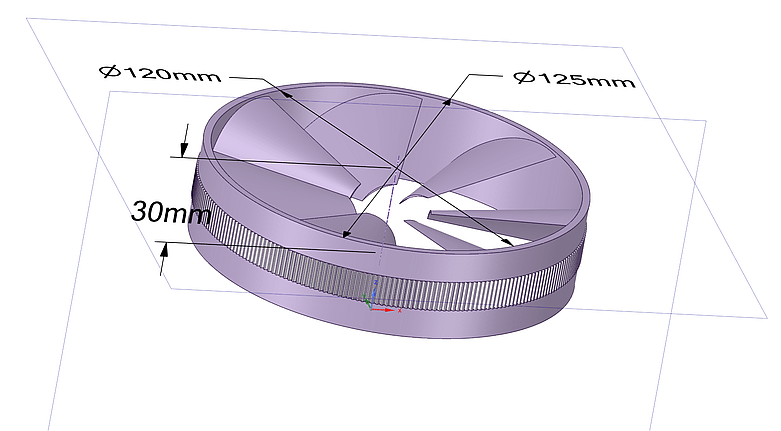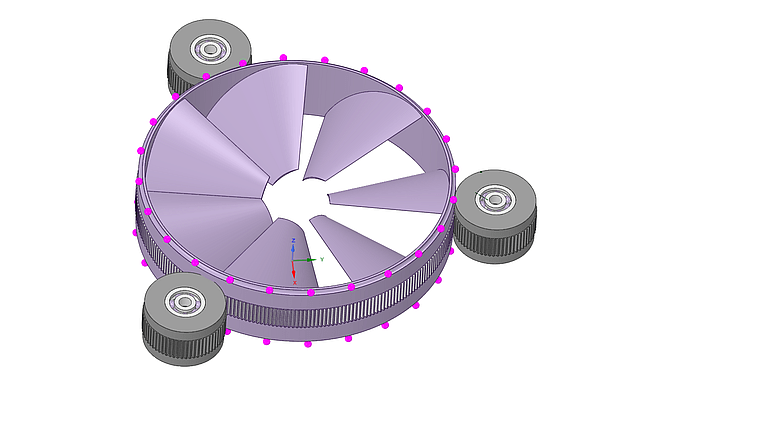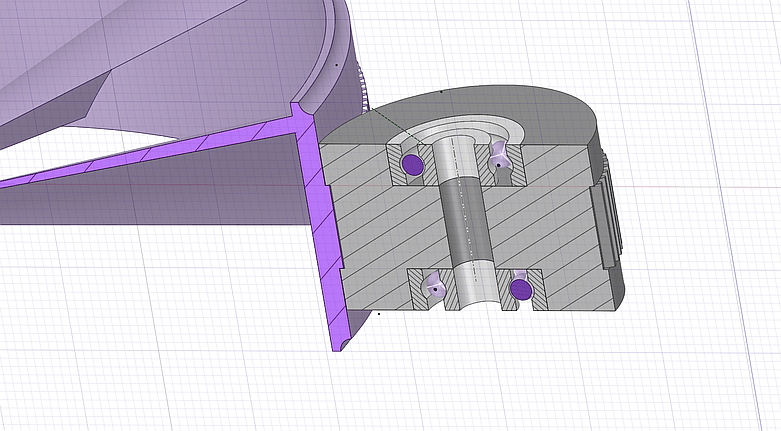What methods are possible for "bearings" for a 120mm diameter x 50mm rim-driven, HUBLESS rotor?
Mass: ~128.5g
RPM: 2000-3000
Forces:
Radial: its own (well-balanced) mass x angular velocity.
Axial: ~500g in one direction.
Note: Besides the ludicrous costs, stuff like this is excluded because of weight.
Looking for ideas, possibilities...
Mass: ~128.5g
RPM: 2000-3000
Forces:
Radial: its own (well-balanced) mass x angular velocity.
Axial: ~500g in one direction.
Note: Besides the ludicrous costs, stuff like this is excluded because of weight.
Looking for ideas, possibilities...



